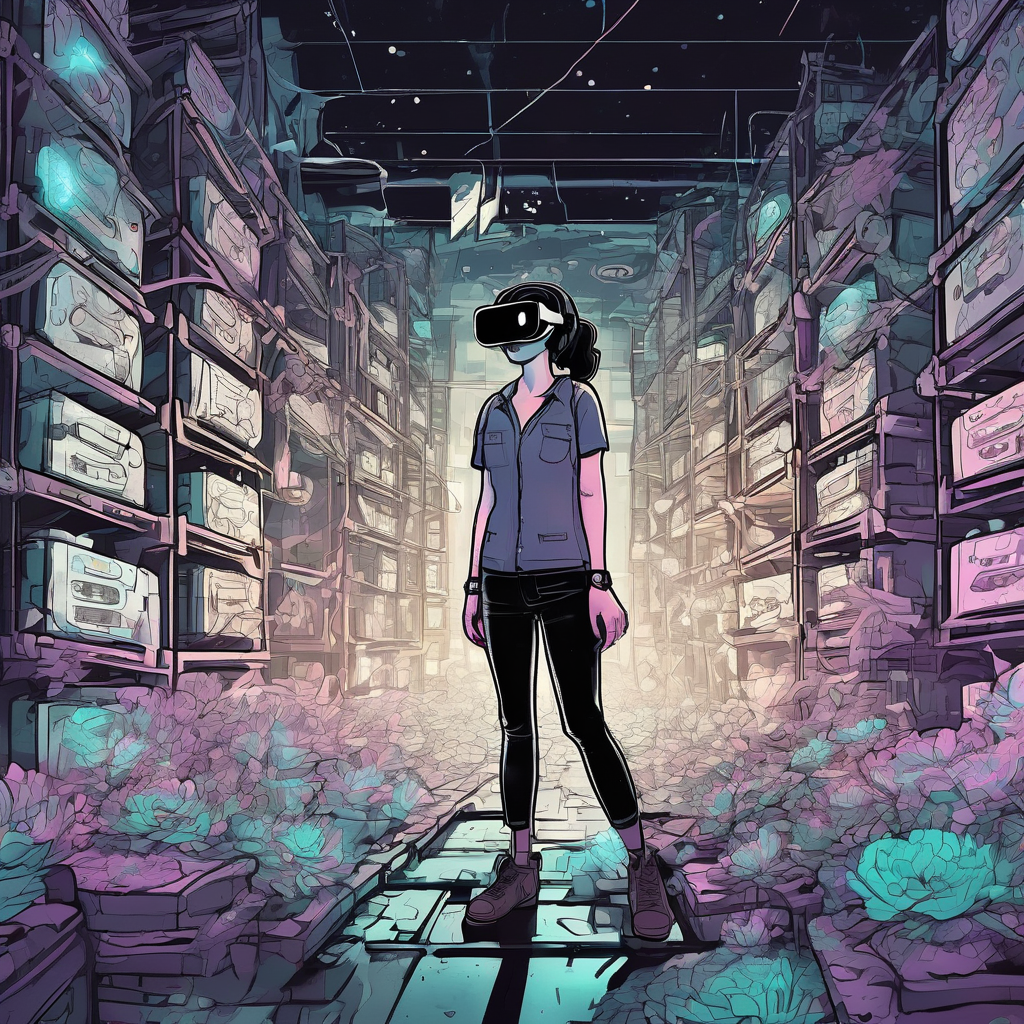The notification pinged on Maya’s smartwatch as she adjusted her virtual reality headset in the abandoned warehouse. Another NFT had sold—her digital maps of places that no longer existed in the metaverse. She was the last one who remembered how to chart the deleted servers, the crashed worlds, the realms lost to blockchain failures and crypto crashes.
Her AI assistant materialized beside her workstation. “The sustainability committee wants to shut down your operation. They say maintaining archives of dead virtual worlds violates the new climate protocols.”
Maya pulled up her latest creation—a hand-drawn reconstruction of NeuralSpace, the first metaverse city to achieve sentience before mysteriously going dark. Every street, every impossible tower, mapped from memory and fragments of code she’d salvaged from obsolete quantum drives.
“Let them come,” she said, uploading the map to the decentralized web. “Someone needs to remember what we lost in the rush to build new worlds.”
Her fingers traced the holographic projection of her next project—ChainWorld, the virtual nation that had declared independence using smart contracts before its citizens vanished overnight. The influencers called her work digital archaeology. The tech giants called it dangerous nostalgia. But the growing underground movement of digital refugees, those who’d lost fortunes and memories when their virtual homes collapsed, called her something else entirely.
They called her the last cartographer.
As sirens approached the warehouse, Maya initiated the emergency protocol, fragmenting her archive across a thousand nodes. Her maps would survive, even if she didn’t. In the age of infinite virtual worlds, someone had to document the ones that died.

Leave a Reply